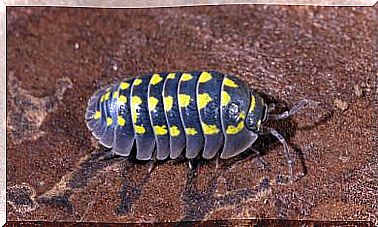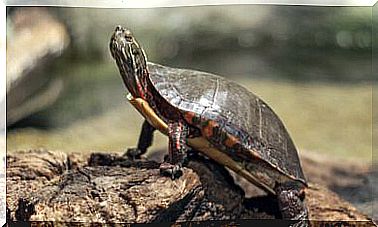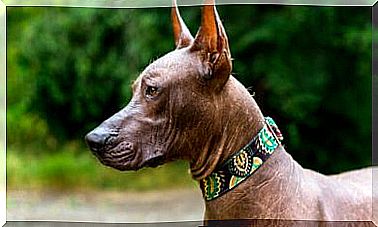Cane Toad: Why Is Its Invasive Potential A Concern?
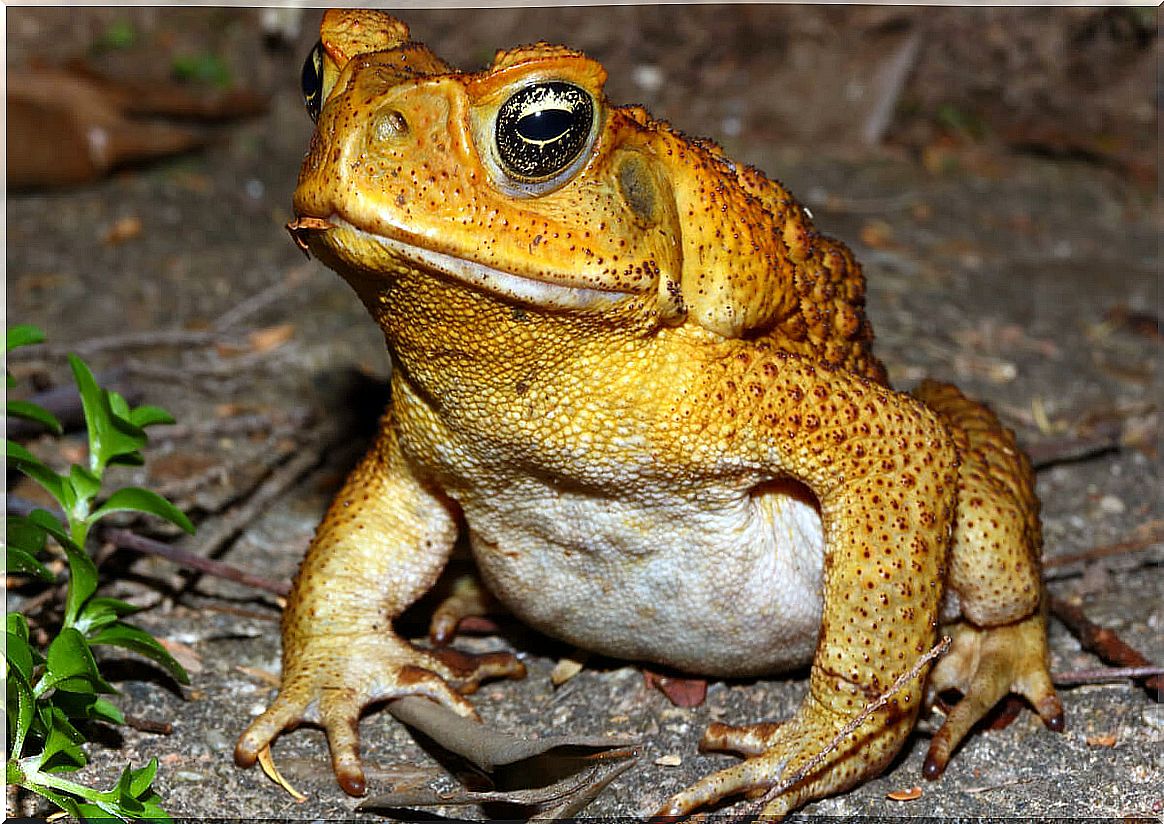
The cane toad is one of the most harmful invasive alien species out there. Numerous experiences attest to this, and authorities in various countries have tried to control it, with limited success.
What are the keys to this voracious invader and what allows it to have such harmful characteristics? Do you know why it was introduced in some areas by humans? In the next few lines we will go through each of these issues, among many others.
The cane toad, a voracious and highly poisonous amphibian
The cane toad or giant toad ( Rhinella marina) is a huge amphibian native to America. It is a highly toxic animal, with huge venom glands that can wreak havoc on entire populations of other living things.
When these huge toads feel threatened, they secrete a whitish substance called bufotoxin, which is very toxic to some small animals. Curiously, the danger of these amphibians is not their ability to attack: predators die trying to eat them.
On the other hand, its enormous reproductive speed also explains its ability to grow ecosystems. It is estimated that females can lay 36,000 eggs per clutch, provided there is enough water. What situations has the cane toad caused to be declared an invader? We will see it in the next section.
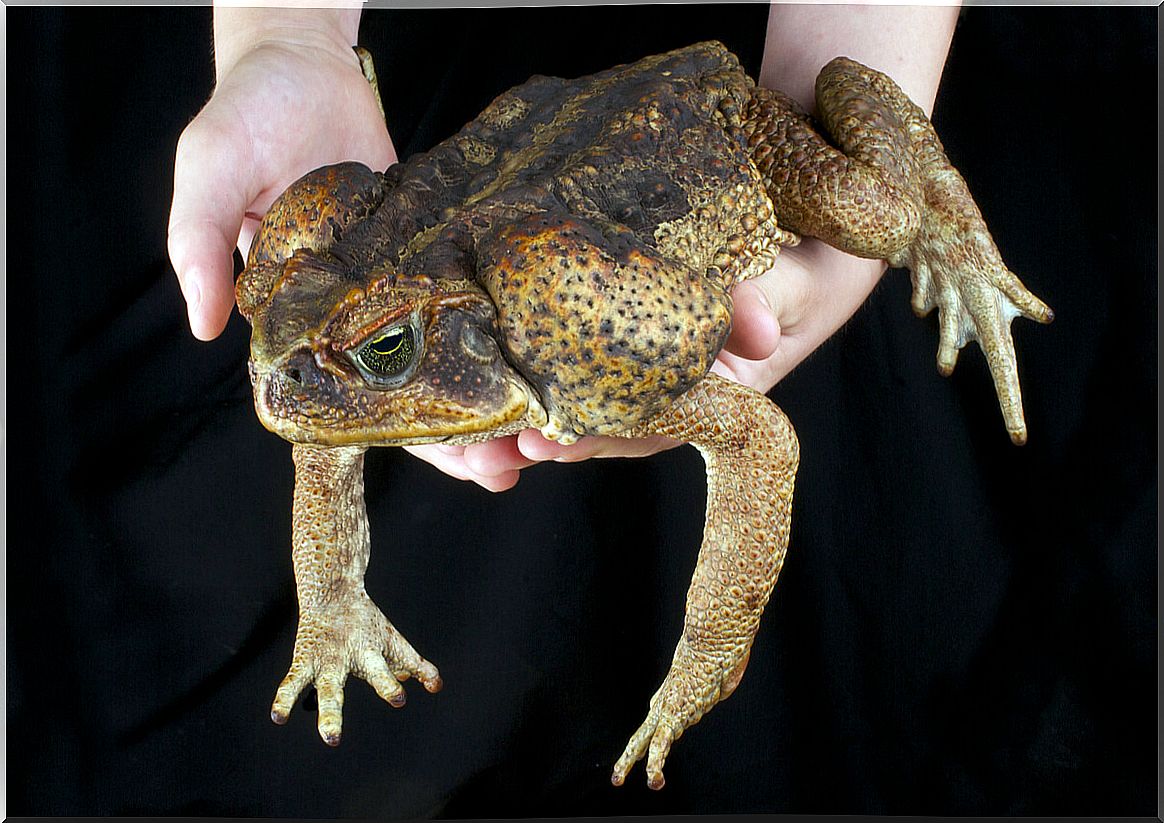
How and why the cane toad was introduced
The use of animals to control agricultural pests has been well known for centuries, but it is important to be careful with the introduced species: on some occasions, the remedy can be worse than the disease.
Giant toads are good species controllers, as they are predators that eat a large number of potentially crop-pathogenic insects. Their toxicity also makes them suitable for controlling their own hunters, such as some medium-sized mammals and birds.
The first experiences with this species took place in the 19th century, when specimens were imported to Caribbean islands such as Martinique and Barbados. The objective of this introduction was none other than to control the rat population. Despite the failure in this endeavor, they soon continued to enter other places, such as the Philippines.
The giant toad in Australia: havoc on local wildlife
In 1935, Australian farmers, fed up with beetle pests taking away large tracts of their sugarcane crops, introduced the giant toad to Australia. In fact, the name “cane toad” comes from this mission that was originally entrusted to the species.
Shortly after doing so, we saw the tremendous mistake that these farmers had made. Thousands of giant toads began to spread across the island-continent and, from an original population of just over 3,000 toads, the current 200 million have been reached. It is estimated that a cane toad travels an average of 40 kilometers a year.
Today, cane toads are considered one of the most harmful invasive alien species on Earth. What specific effects does this amphibian have on the environment? In the final section we will tell you about it.
Effects on the environment of the giant toad
Scientists consider the cane toad a very harmful animal for a number of reasons. First of all, its poisonous character makes many native species try to prey on it, with terrible effects.
This was the case for some Australian lizards, snakes and crocodiles, whose populations have been greatly reduced since the giant toad settled on their land. Some mammals – such as the Northern Quoll – have also suffered population declines.
Likewise, giant toads can also compete for food resources with other native amphibians and small mammals. However, researchers consider this detrimental effect to be much lower than its toxicity.
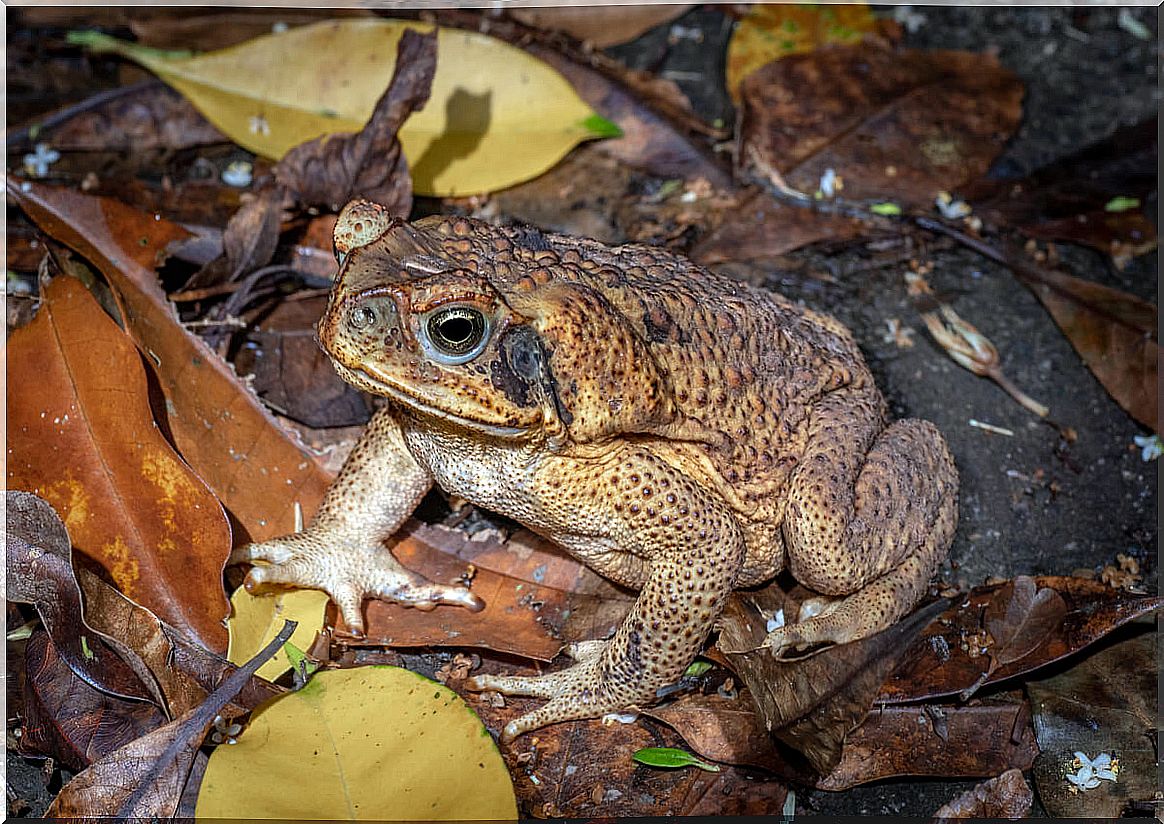
The introduction of invasive alien species is an environmental problem
As we have seen, introducing invasive alien species in any environment other than their own entails environmental problems that we cannot control in the long term.
Invasive species have a great capacity for reproduction and resistance to all kinds of challenges, which is a problem if in the environment in which they develop they do not have natural predators to control their populations. It is important to follow all environmental regulations if we do not want to wreak even more havoc on ecosystems.
